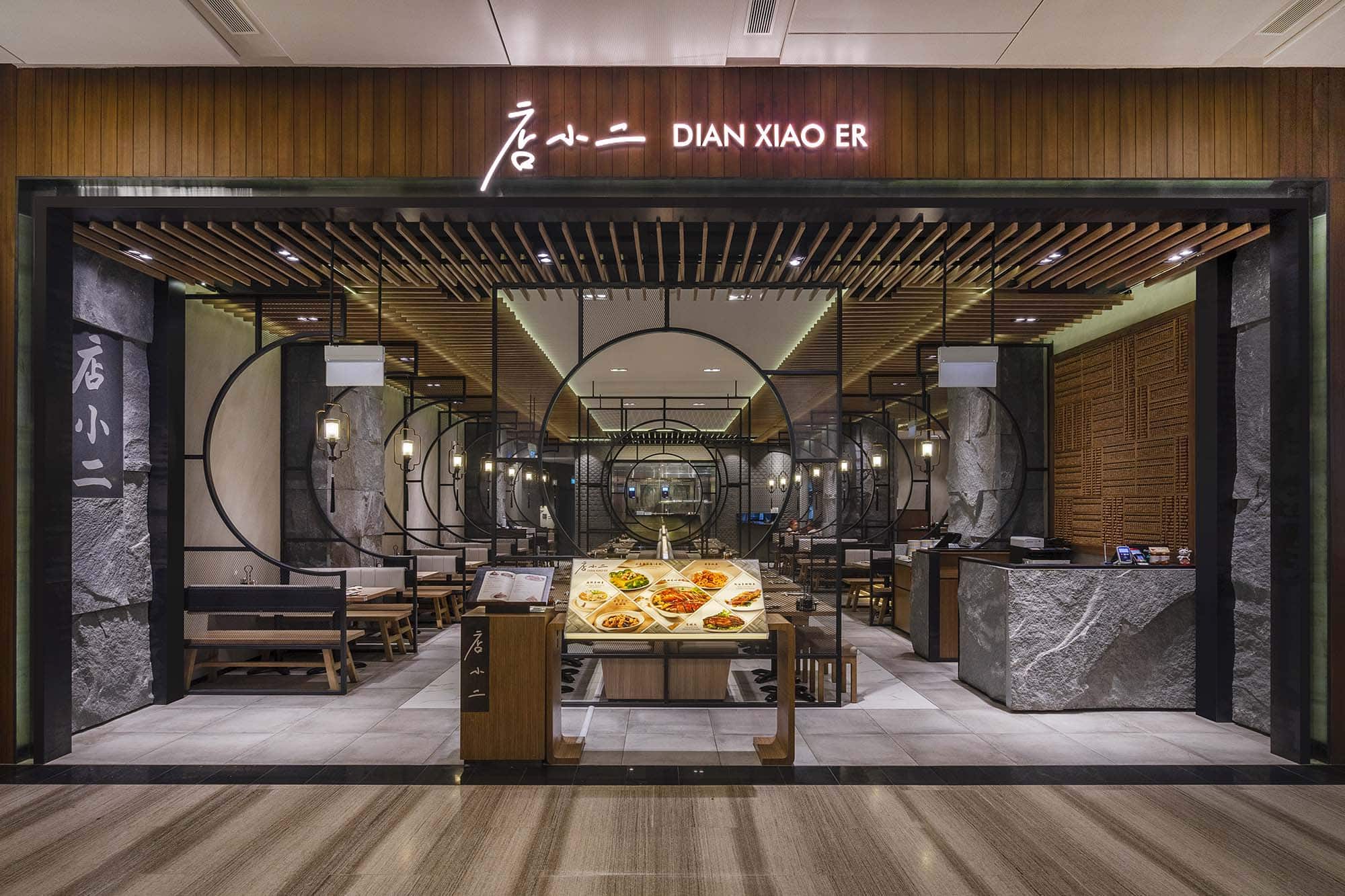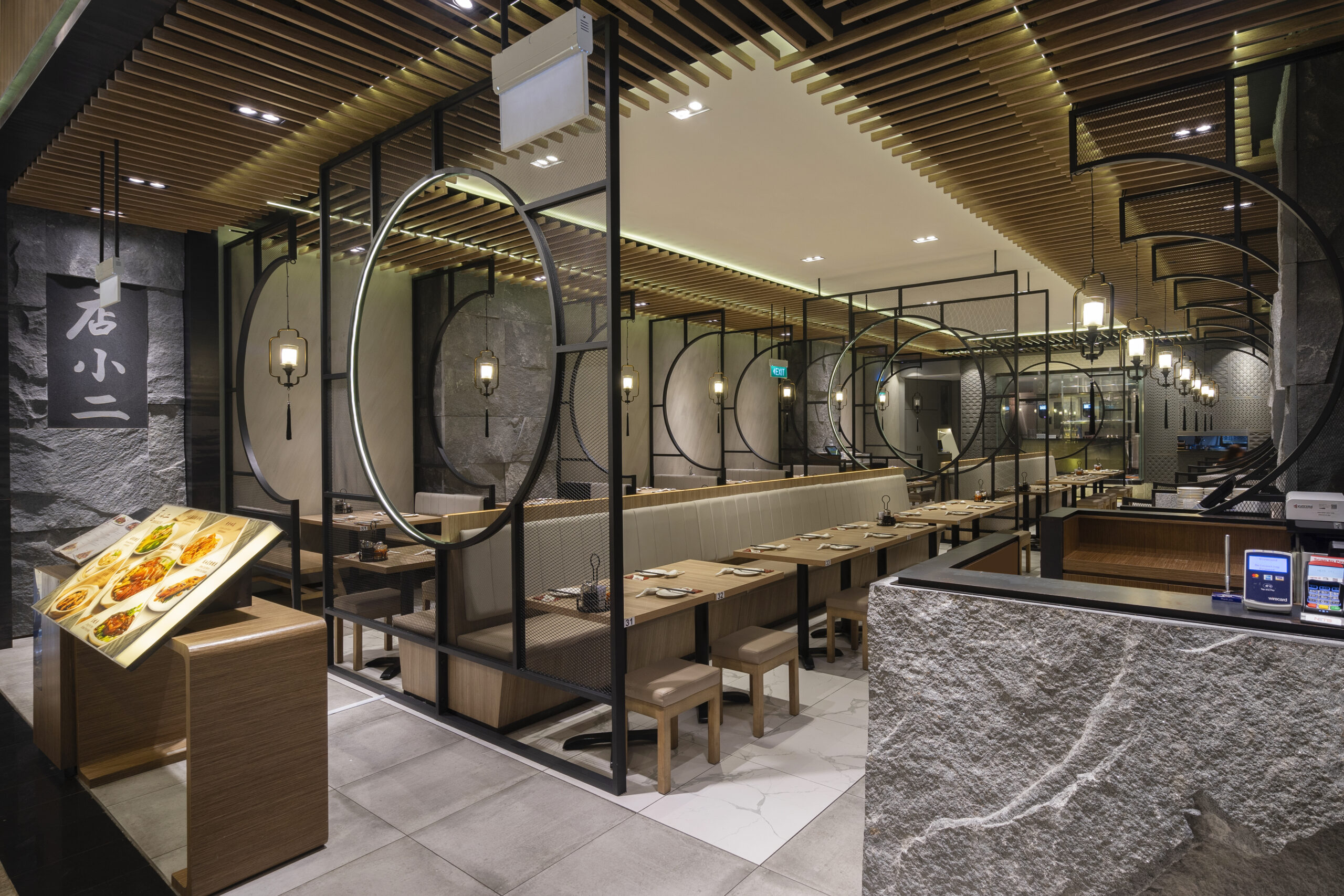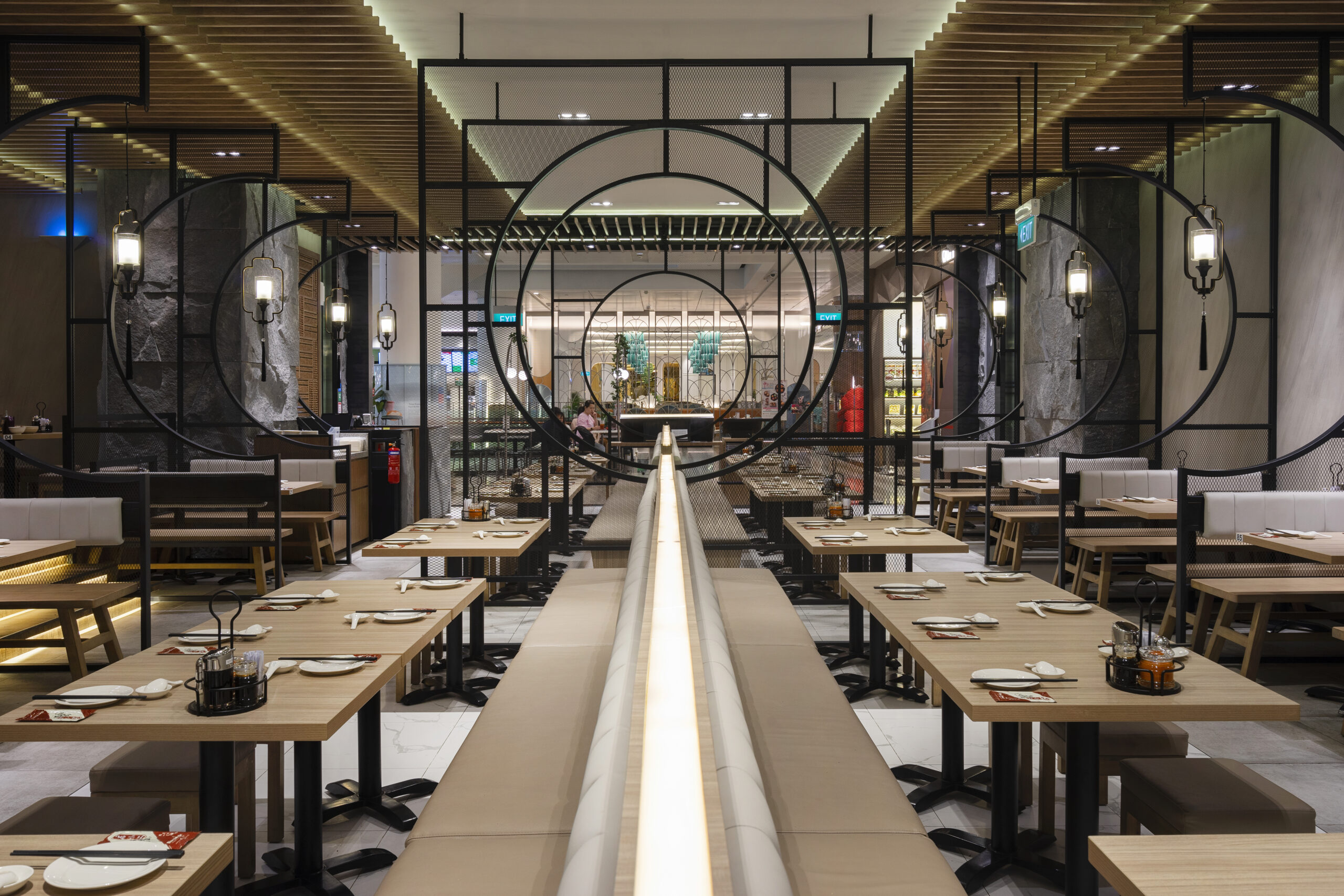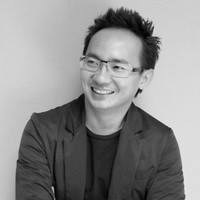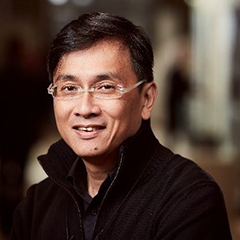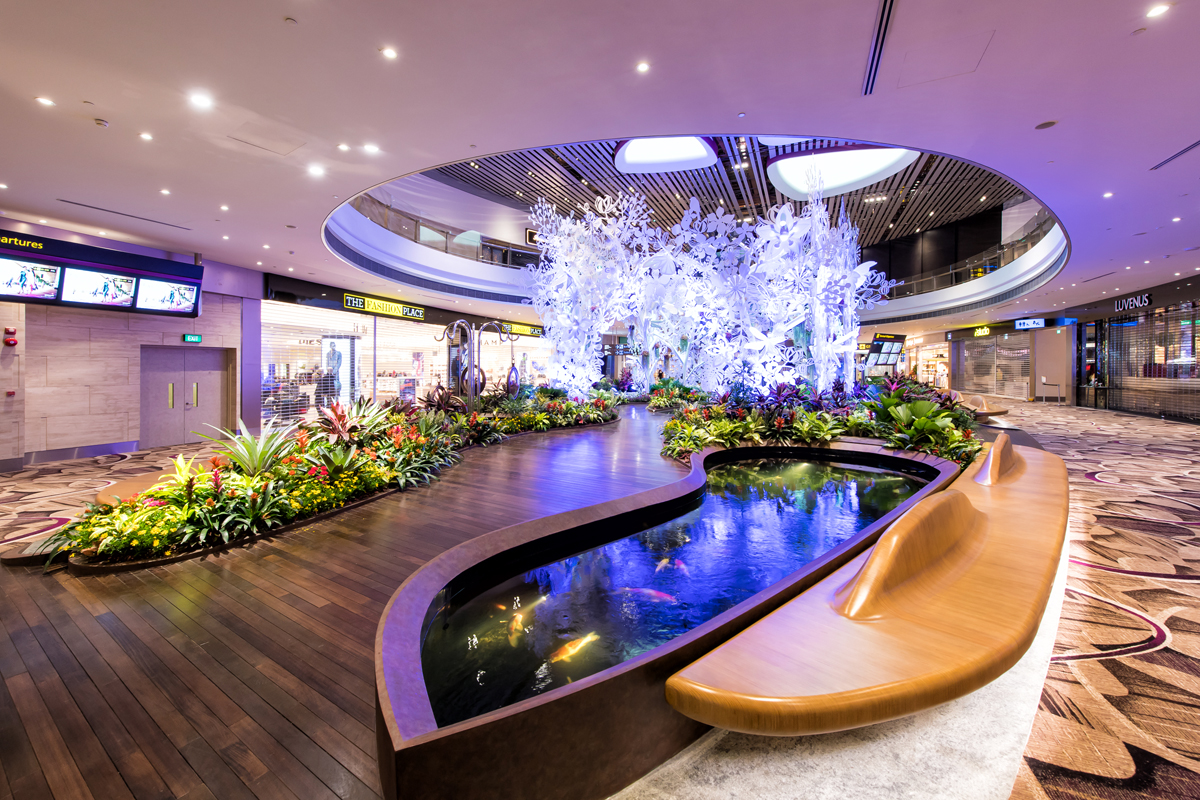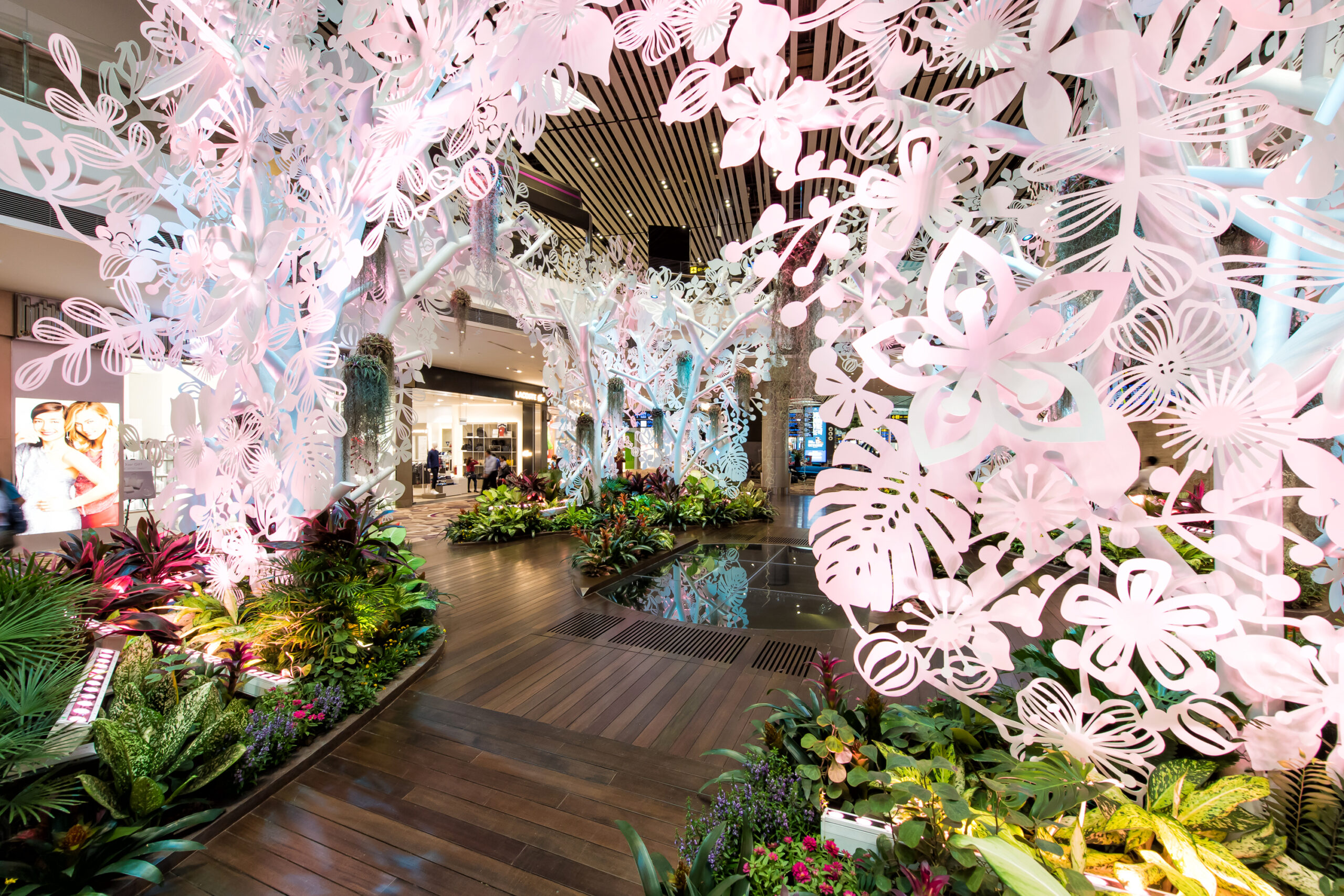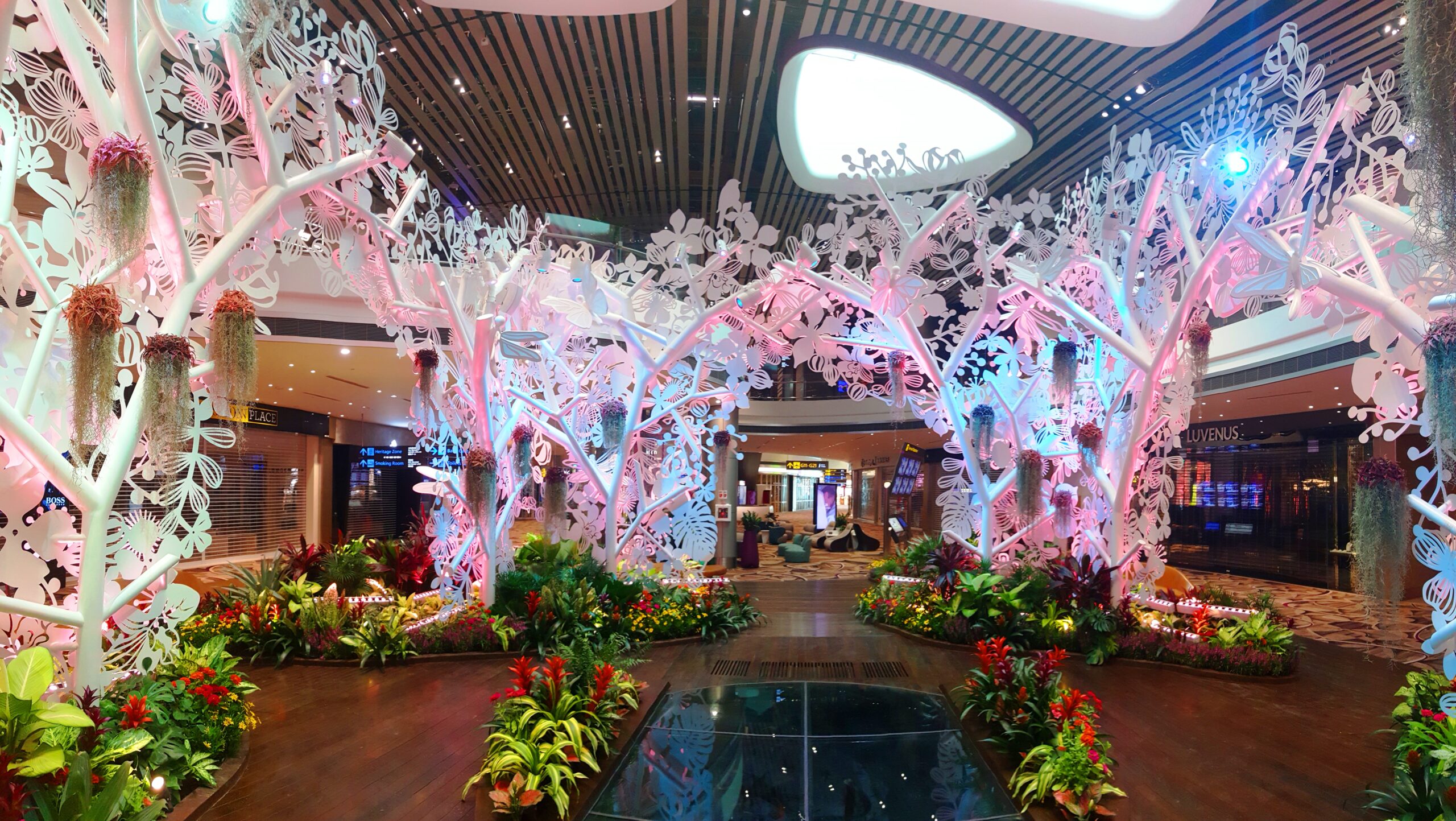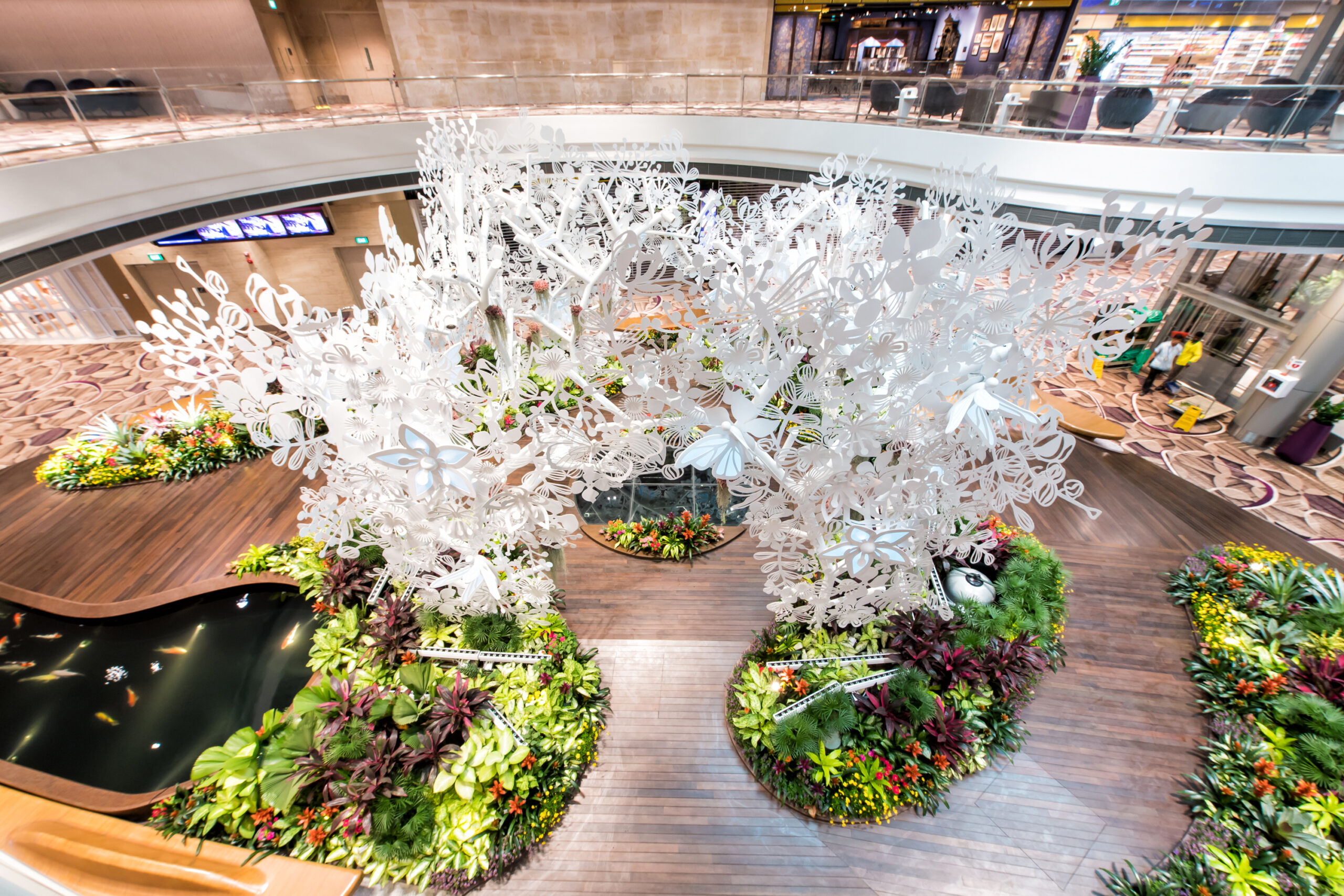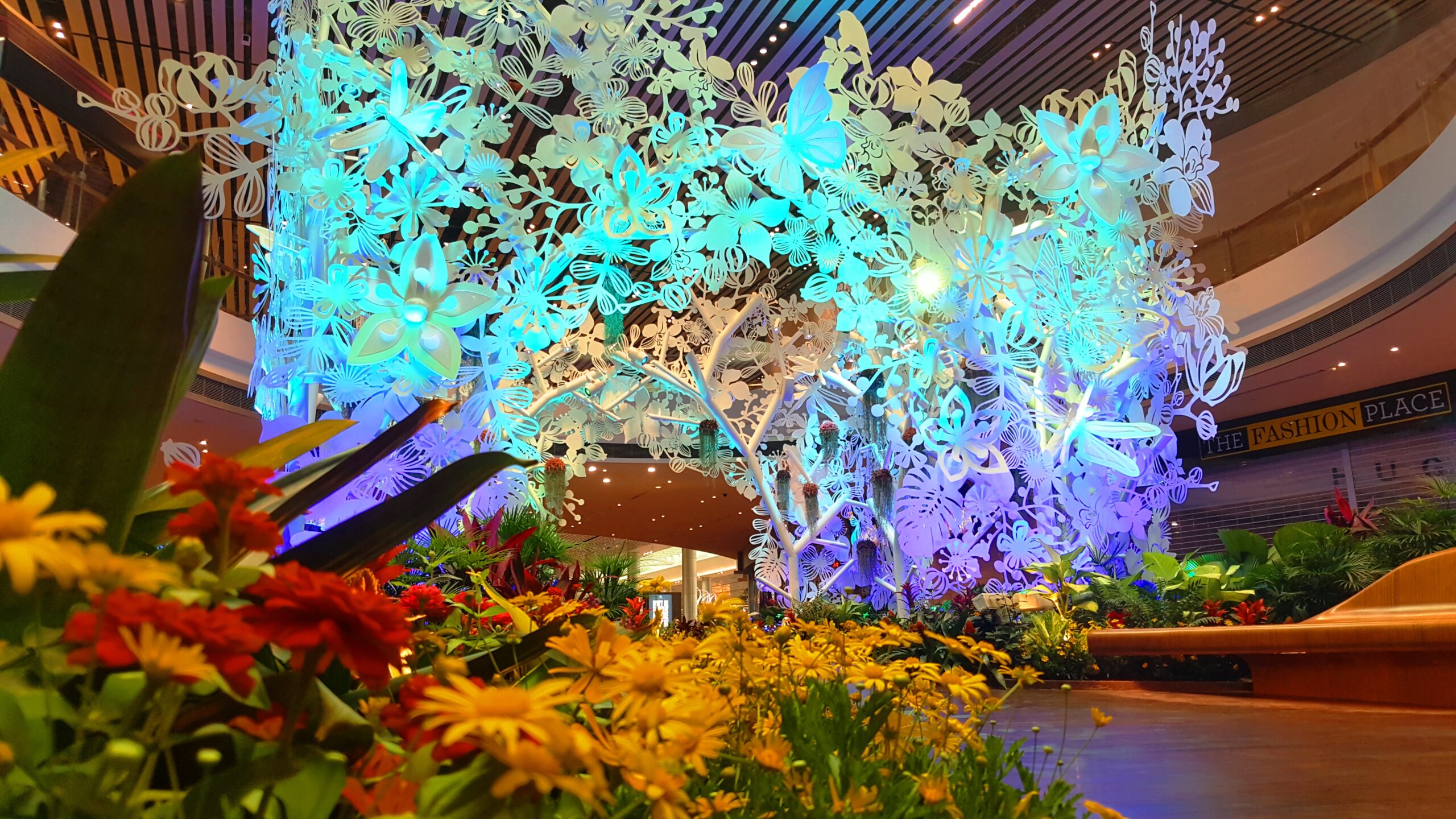The vast Special Exhibitions Gallery, housed within the Asian Civilisations Museum, presented an extensive collection of artworks by Singapore’s renowned art collector Dr Tan Tsze Chor. The exhibition explored the appreciation of Chinese art from the 1950s to the 1980s through the selection of Dr Tan and others in the Chinese art community in Nanyang. Through their exchanges and networks, the exhibition explored the formation of Chinese identity occurring in the emergence of Chinese modern art.
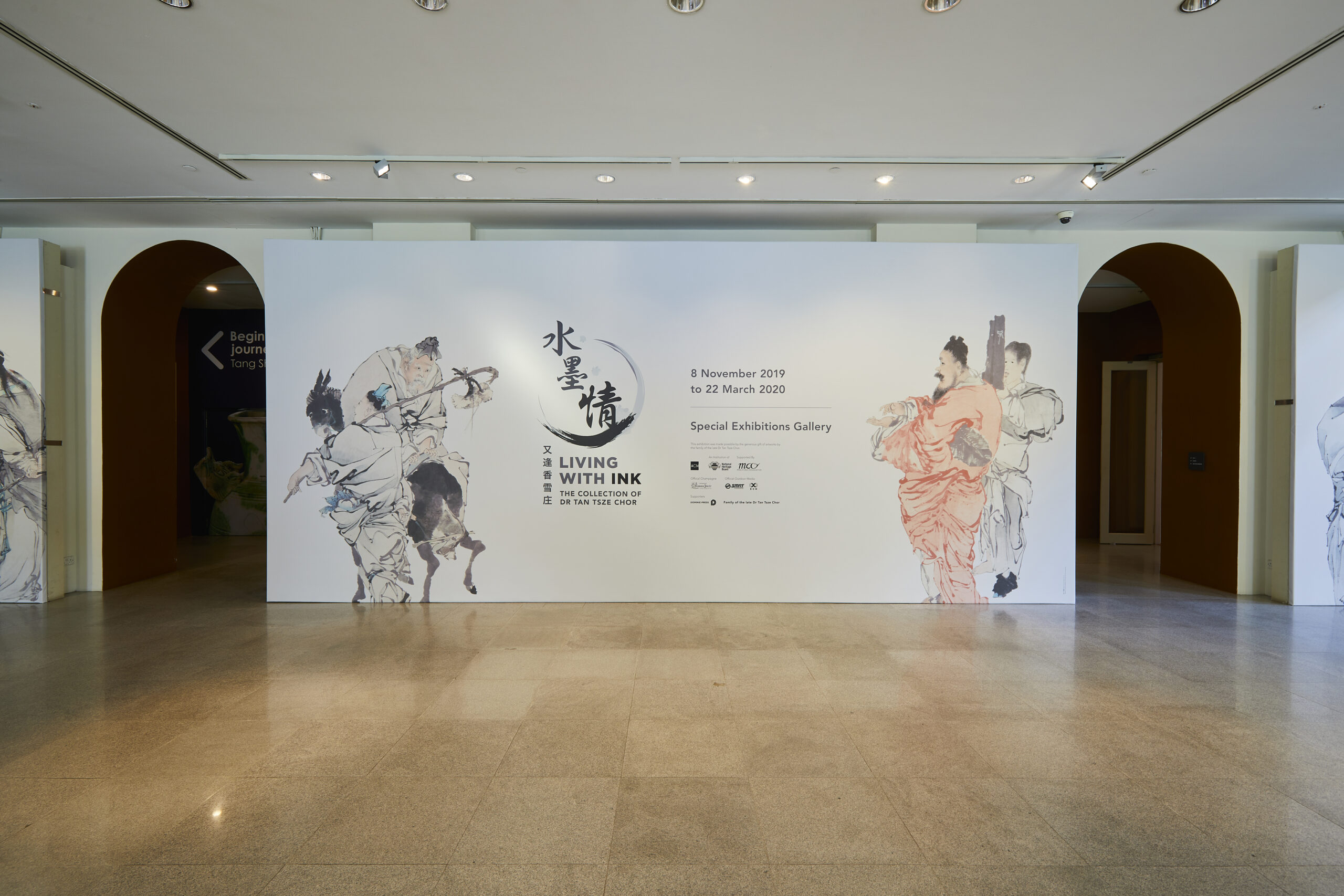
to engage
To complement the works on display, a clean and elegant design approach was adopted. The open nature of the layout allowed visitors to freely explore the different curatorial themes while the adoption of a white palette ensured focus on the works themselves. A large, suspended, fabric backdrop served as the singular design element that characterised the entire space.
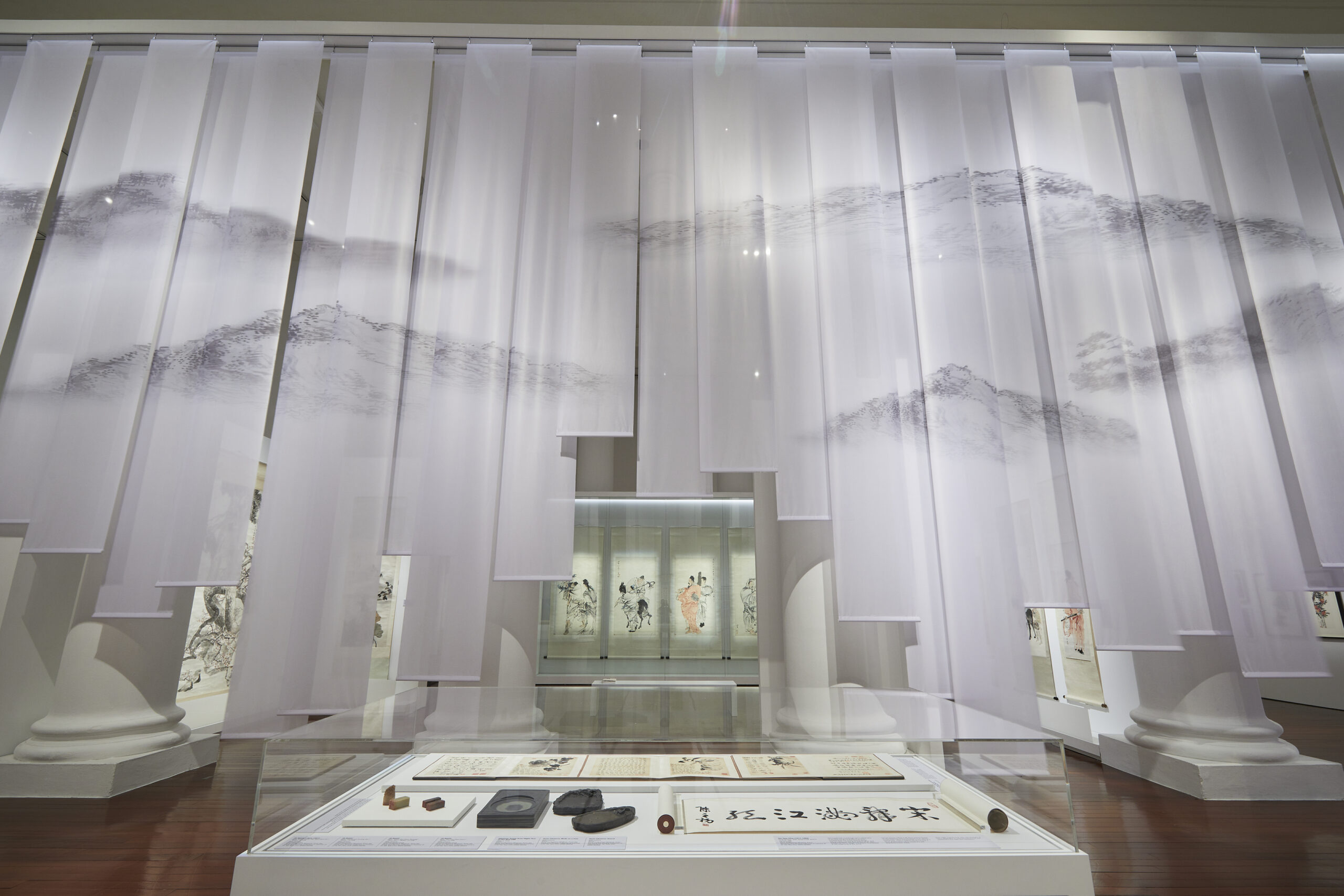
to inspire
To accompany the main exhibition, a series of fun interactive stations allowed for hands-on engagement. Targeted for younger visitors, guests were able to try their hand at making their very own Chinese scroll, as well as calligraphy and other creative activities.
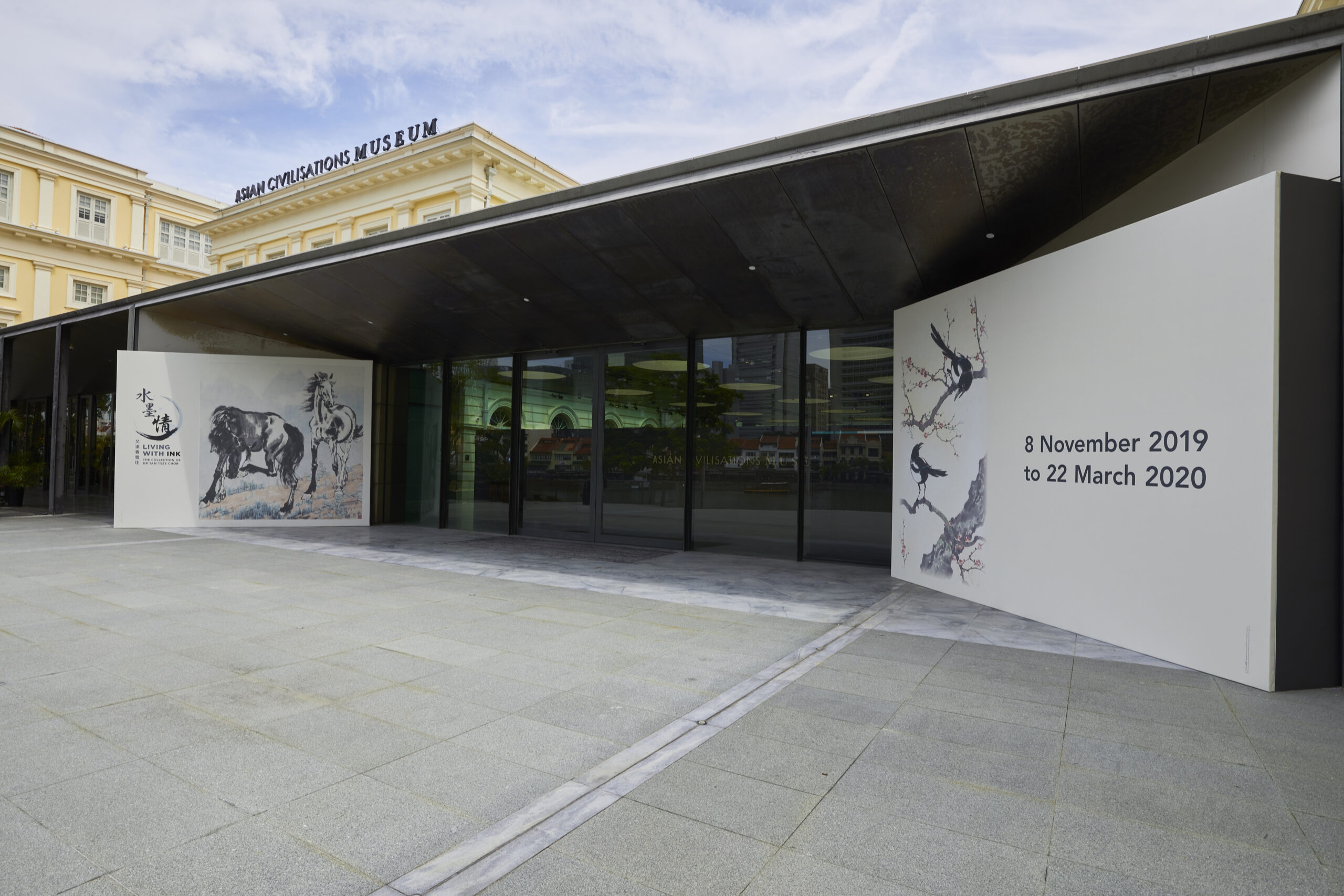
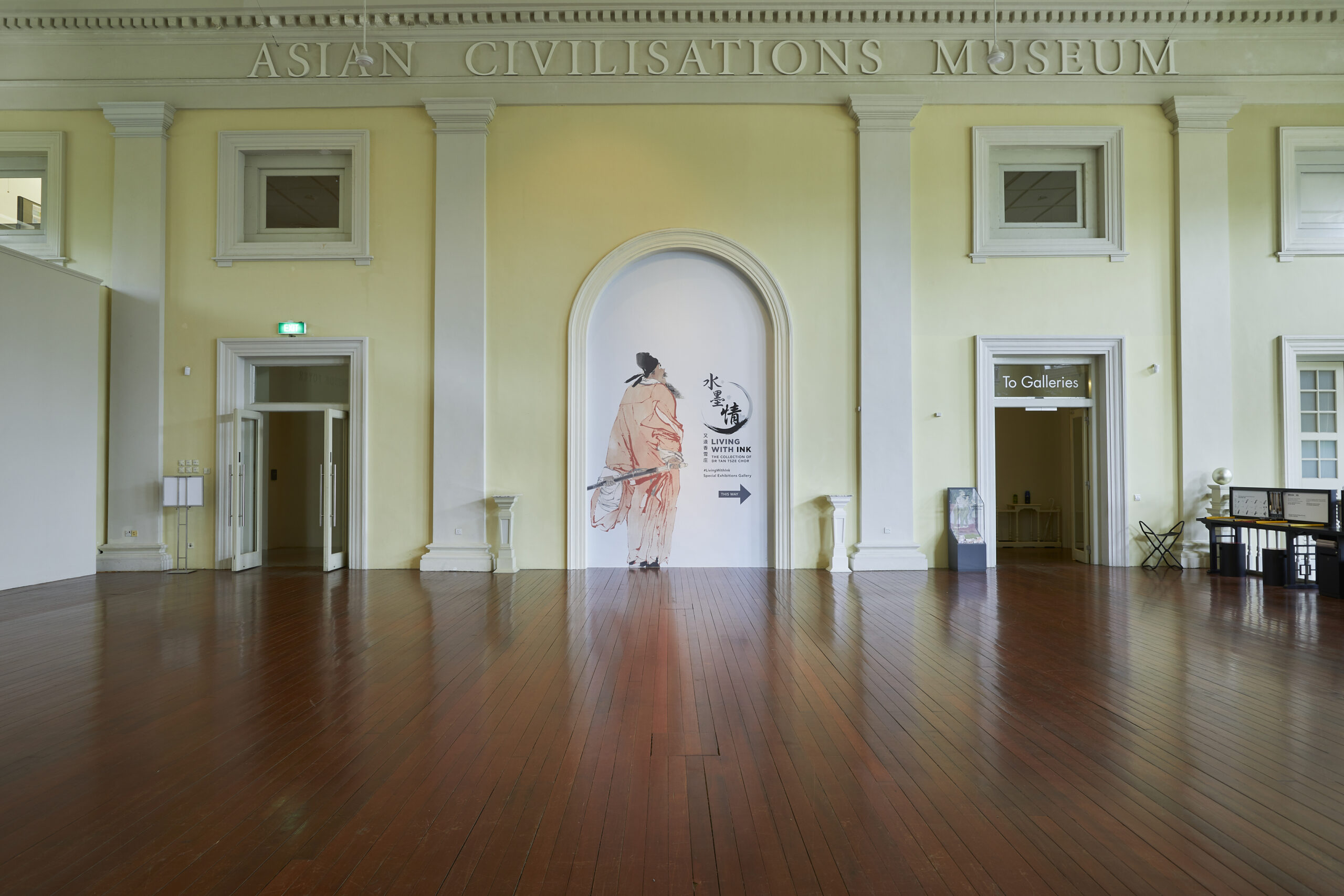
key services
spatial design & build
visual communication
ideation & concept design

